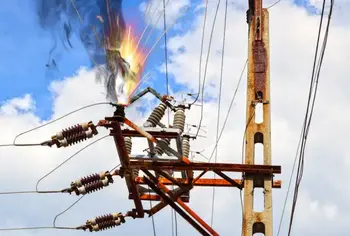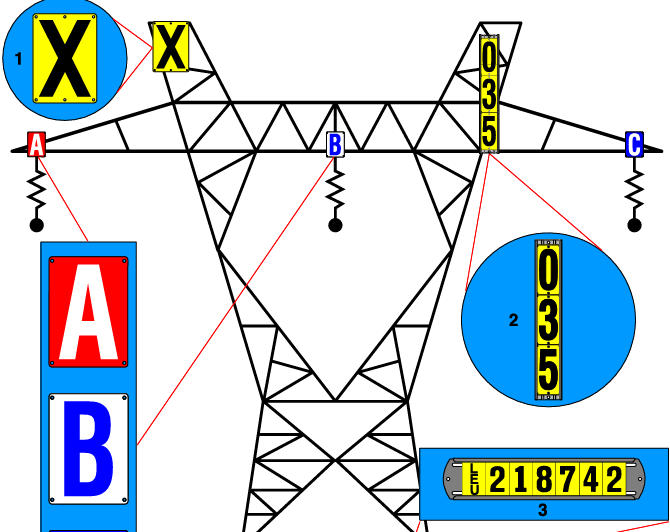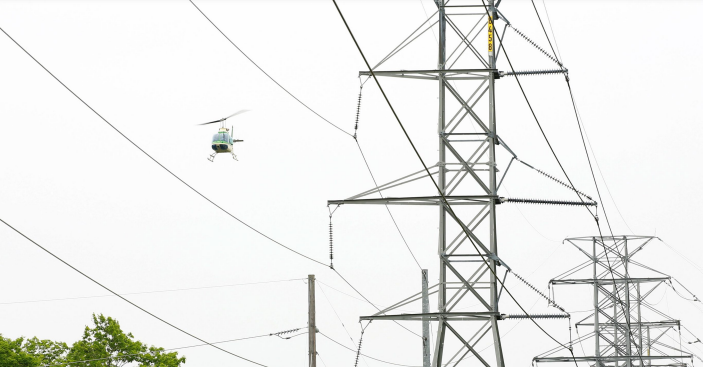Electricity Transmission
By William Conklin, Associate Editor
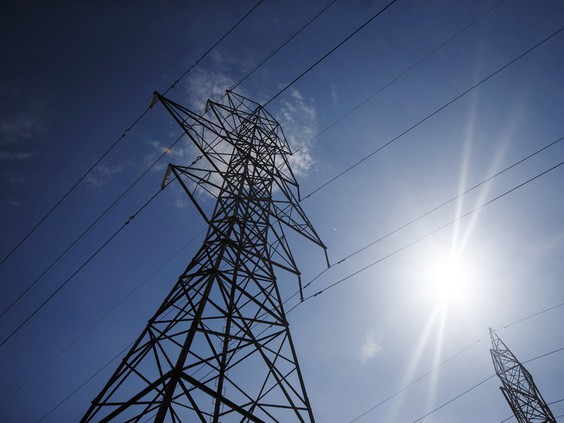
Download Our OSHA 3075 Fact Sheet – Understanding Electrical Hazards in the Workplace
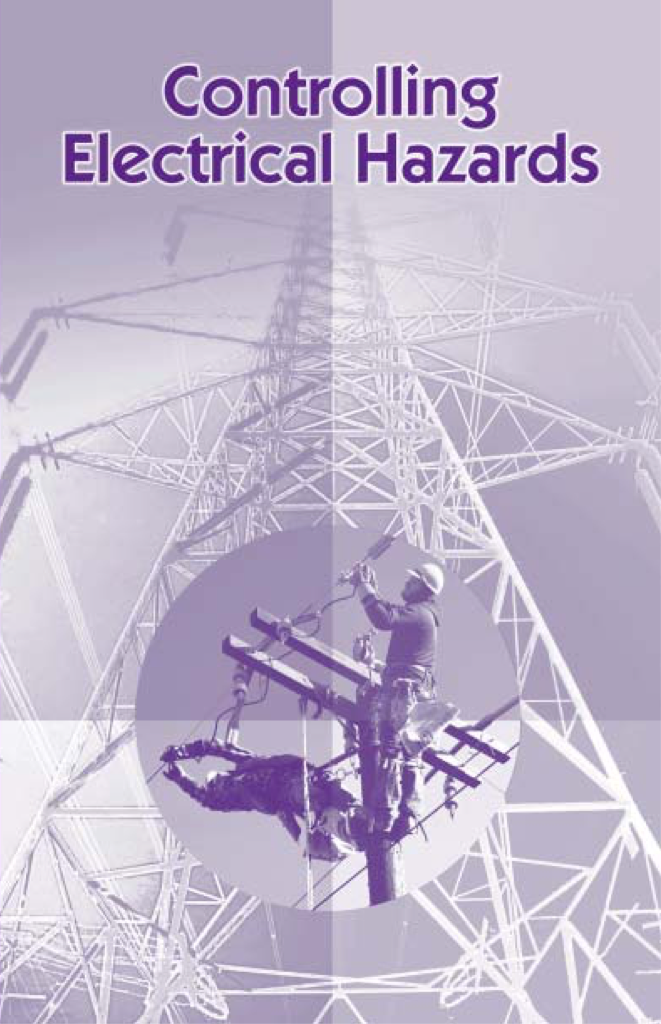
- Learn the effects of electric current on the human body
- Understand OSHA safety standards and protective devices
- Discover essential lockout/tagout and grounding practices
Electricity transmission delivers high-voltage power from generating stations to substations across vast electrical grids. Using transmission lines, transformers, and substations, it ensures efficient energy transfer, grid stability, and reliable service to businesses and industries.
What is Electricity Transmission?
Electricity transmission involves the bulk movement of electrical energy through high-voltage lines from power plants to substations for safe and efficient distribution.
✅ Transfers bulk power efficiently over long distances
✅ Uses transmission lines, transformers, and substations
✅ Ensures reliability, grid stability, and energy security
History and Evolution of Transmission
Early electricity networks in the late 1800s used direct current (DC), championed by Thomas Edison. However, DC was inefficient for long-distance delivery. Nikola Tesla and George Westinghouse pioneered alternating current (AC), which allowed voltage to be stepped up and down using transformers. This advantage made AC the global standard.
Since then, transmission systems have expanded to ultra-high voltage (UHV) alternating current and high-voltage direct current (HVDC) lines. Modern HVDC links connect countries across seas and continents, such as submarine cables linking offshore wind farms to mainland grids. The latest UHV lines operate at voltages up to ±1,100 kV, carrying thousands of megawatts with minimal losses. One of the biggest barriers to expanding electricity transmission capacity is costly interconnection delays, which slow down the integration of new generation projects into the grid.
Difference Between Transmission and Distribution
Transmission and distribution are distinct stages of the power grid. Transmission moves electric energy at high voltages (115 kV–765 kV) across long distances to regional substations. Distribution then lowers the voltage to safer levels for delivery to homes, schools, businesses, and factories. In short, transmission is concerned with long-distance efficiency, while distribution focuses on local access. A critical distinction within the power grid lies between high-voltage transmission and electric power distribution, which delivers electric energy to end users.
Test Your Knowledge About Overhead T&D!
Think you know Overhead T&D? Take our quick, interactive quiz and test your knowledge in minutes.
- Instantly see your results and score
- Identify strengths and areas for improvement
- Challenge yourself on real-world electrical topics
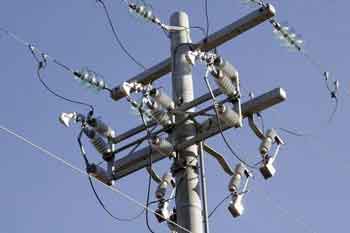
How the Power Grid Works
The power grid integrates generation, transmission, and distribution into a continuous flow of energy. Electric energy is generated and then stepped up by transformers to high voltages. Transmission lines carry this power over large areas, supported by towers and insulated conductors. Along the way, electrical substations regulate voltage, manage switching, and maintain grid reliability. Finally, local distribution networks step down the voltage for safe delivery to consumers. Reliable transmission relies on robust electrical distribution systems that work in conjunction with substations to ensure consistent power delivery.
Main Components of a Transmission System
Several critical components ensure that electricity transmission functions smoothly, each playing a unique role in maintaining efficiency, reliability, and safety across the power grid:
-
Transmission lines – High-voltage conductors supported by towers or poles.
-
Transformers – Devices that step up or step down voltage levels for efficiency.
-
Electrical substations – Facilities that switch, regulate, and control power flows.
-
Protective systems – Circuit breakers and relays that safeguard against faults.
Together, these components form the backbone of the energy infrastructure that powers modern life. Modern high-voltage networks incorporate both AC transmission lines and advanced direct current (DC) technology, each with distinct advantages for long-distance power transfer.
Why High Voltage Reduces Energy Loss
Transmission losses average between 5% and 8% of the total generated power. Losses are reduced by transmitting at higher voltages, which lowers current and minimizes resistive heating. That is why modern grids use voltages up to 765 kV AC and beyond, ensuring long-distance efficiency.
Economic and Regulatory Framework
Electricity transmission is not just an engineering system—it is also an economic and regulatory enterprise. Transmission is financed through regulated rates, where costs are recovered from consumers. Market mechanisms, such as congestion pricing and locational marginal pricing (LMP), determine the cost of transmitting energy across constrained transmission lines. Open-access rules, such as the OASIS system in the U.S., ensure fair use of transmission networks. These frameworks shape investment, grid expansion, and modernization.
Challenges and Barriers
Despite its importance, electricity transmission faces significant challenges that threaten reliability, expansion, and long-term sustainability of the power grid:
-
Permitting delays and public opposition to new line projects.
-
Environmental and land rights issues, especially with cross-country corridors.
-
Aging infrastructure, with many lines over 40 years old.
-
Cybersecurity and resilience threats, from storms to physical attacks.
Meeting climate goals will require overcoming these barriers to rapidly expand transmission capacity. As transmission systems evolve, they must adapt to accommodate distributed energy resources, including rooftop solar, wind, and battery storage.
Emerging Technologies and Future Trends
New technologies are reshaping electric power transmission, driving modernization and preparing the grid for renewable integration and long-term energy security:
-
HVDC technology for long-distance and submarine interconnections.
-
UHV AC and DC systems, enabling massive power transfers.
-
Smart grids with sensors, automation, and real-time monitoring.
-
Integration of storage and renewables to improve flexibility.
-
Cross-border supergrids, which could balance renewable output between nations.
The U.S. Department of Energy’s National Transmission Planning Study estimates billions of dollars in benefits from expanding transmission, reinforcing its central role in decarbonization and resilience. Advanced distribution automation technologies are increasingly integrated with transmission networks to improve grid stability and efficiency.
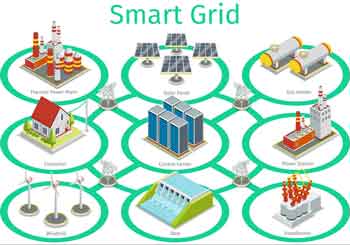
Role of Electrical Substations
Electrical substations play a crucial role in electricity transmission. They act as control points where voltage is adjusted, circuits are switched, and faults are isolated. Substations also provide stability by balancing power flows, ensuring that the grid remains reliable even when demand spikes or unexpected outages occur.
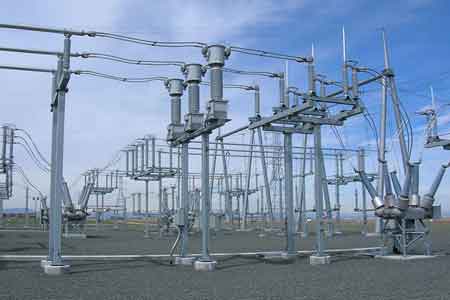
Smart Grid and Grid Modernization
As demand for electrical energy grows and renewable energy sources expand, the need for grid modernization becomes more pressing. Smart grid technology integrates digital monitoring, sensors, and automated controls into the transmission network. This enables real-time adjustments, improved demand prediction, and more efficient utilization of transmission capacity. Smart grids also improve resilience by quickly isolating faults and rerouting power flows, reducing downtime for consumers.
Electricity Today T&D Magazine Subscribe for FREE

- Timely insights from industry experts
- Practical solutions T&D engineers
- Free access to every issue
Case Studies and Examples
One of the world’s largest transmission projects is the Zhundong–Wannan ±1,100 kV HVDC line in China, which transmits 12 GW of power over 3,000 km with minimal loss. In North America, proposals for new interstate transmission corridors often face decade-long permitting challenges, highlighting the need for technical achievement to align with regulatory approval. Supporting hardware, such as electrical insulators and glass electrical insulators, plays a vital role in preventing leakage and maintaining system reliability.
Frequently Asked Questions
What is the difference between electricity transmission and distribution?
Transmission delivers bulk high-voltage power over long distances, while distribution reduces voltage and delivers it locally.
How does the power grid work to transmit power over long distances?
By stepping up voltage at generators, sending it over transmission lines, and stepping it down at substations for distribution.
What are the main components of an transmission system?
Transmission lines, transformers, substations, and protective devices.
How do high-voltage transmission lines help reduce energy loss?
Higher voltage reduces current flow, minimizing resistive heating and cutting transmission losses.
What role do electrical substations play?
They adjust voltages, balance loads, and isolate faults to maintain reliability.
How can smart grid technology improve transmission?
By using automation, sensors, and real-time data to optimize power flows, reduce downtime, and improve efficiency.
What challenges does transmission face in the future?
Aging infrastructure, expansion delays, cybersecurity threats, and integrating renewables at scale.
Related Articles






